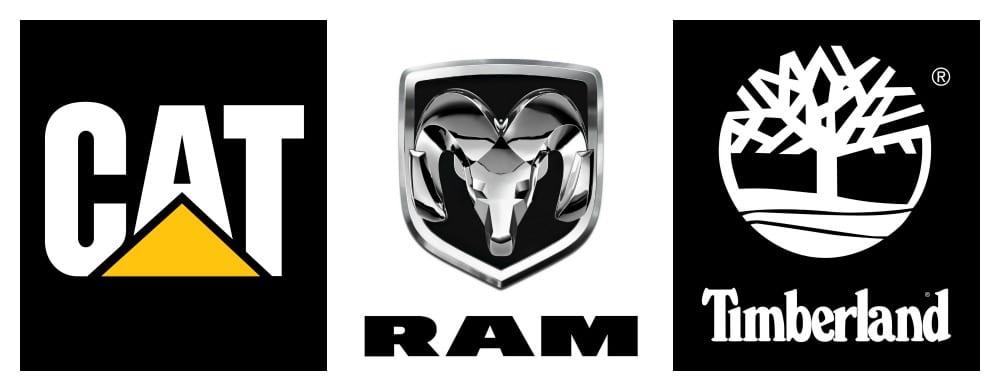Bombarded with thousands of messages daily, successful brands must constantly evolve to reach discerning subsets of the marketplace. All hispanics are not equal. All Catholics are not family friendly. All women do not love Hillary. Brands have “personalities” that appeal to specific people for specific reasons. Like people, companies put out vibes. Disney is family cheerful; FedEx is precise; Tiffany is luxurious. Duluth Trading Company is frank about “breaking wind.” You get the point.
Bill Gardner of LogoLounge explains that demographics today are not enough. You have to dig deeper to understand the personality of your buyer so you can create rhetorical and visual messages that will connect with them. ”For years experts told us the best way to measure the perception of products and companies was to analyze the demographics,” notes Gardner, “but demographics may only speak broadly—age range, male or female, ethnicity, religion, etc. When you define groups only by their demographics, you make generalizations. Demographics are not enough.”
Let’s face it: Many brand personalities are “aspirational.” People want to own/use them, because they believe it will make them look younger, smarter, richer, stronger, more handsome/beautiful, etc. Companies bank on this when building their brand. For instance: Most people who wear Nike athletic shoes, are doing it to make a fashion statement, not because they are athletes themselves.
Demographics Generalize, Psychographics Personalize
“Demographics may tell you who your potential buyers are, but they do little good when trying to define specific reasons for brand appeal. It’s a bad way to measure. You have to take the demographic blindfold off.” —Bill Gardner, LogoLounge
Instead, Gardener suggests examining buyer personalities—psychographics—to gain more insight into brand appeal and human motivation. There are five common traits that businesses possess, Gardner says, but no company possesses only one or another. Not all designers have the budget to do wide demographic/psychographic testing and market research, but getting to know the client and the product is certainly the starting point to any logo project—and, researching the competition. “If you’re dealing with companies in the same niche, you’re not going to stray terribly far from them, but at the same time, we’re all trying to find that special sauce that is unique to the client,” he says. “It really comes down to experience an intuition. Experience will tell you, not to use a whimsical mark for bank.” Here are some examples of these common traits and the markets they appeal to:
Ruggedness
Caterpillar, Dodge Ram Trucks, and Timberland are brands that suggestion ruggedness, strength, love of outdoors, durability, and muscle. “This class used to belong solely to men, but more and more women are buying these products, so the appeal is a little more broadly defined than it was in the past. It’s still rugged and strong, but women are just as likely to be attracted to these product characteristics as men—or perhaps in lieu of them.” Let’s face it: Sometimes a woman’s pick-up is more reliable than her man. You can read about the other four brand personalities, here.
